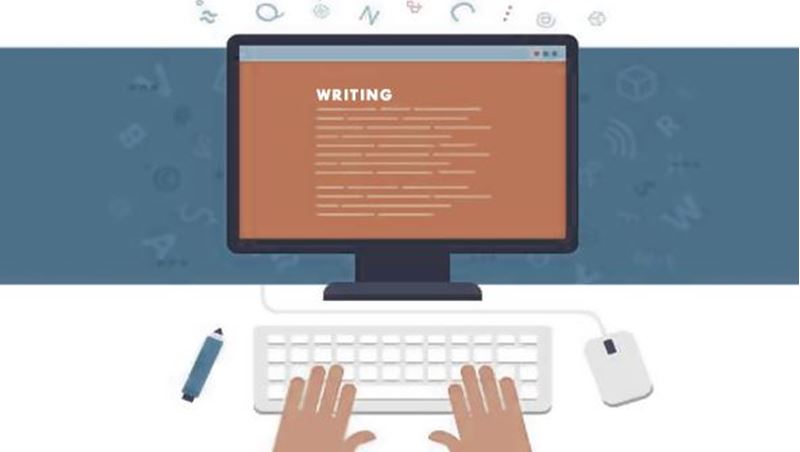- Delivery Method Online
- Professional Certificate
- 24hrs Suggested Study Time
- 3 Months Access
- Tutor Support
- Study On Any Device
- 4066 Students
Make Money from Internet Writing

A professional writer shows you how to make money writing on the Internet.
You may have heard that every day, another traditional writing market disappears. Don't let that discourage you from writing! Instead, discover the thousands of lucrative publishing opportunities that await you on the Internet if you understand Internet marketing. Whether you're just taking your first steps toward that dream of getting published, or you have a dozen books to your credit, this course will show you how you can start earning income on the Web right away. You'll learn how to make the Internet work for you from a writer who has spent years exploring its potential. You'll find out how to sell e-zine articles, write for Webzines and online magazines, create a blog, sell manuscripts to an e-publisher, and self-publish your own work as an e-book or a traditional book using print-on-demand (POD) publishing.
You'll also find out about the unlimited opportunities to make income from your writing through advertising revenue. You can achieve that either by adding advertising to your own Web content or by letting a revenue-sharing site take care of the technical details for you. We'll explore both options. Then you'll learn how to query and submit your writing electronically, how to understand electronic submission guidelines and online contracts, and all about the future of Web writing.
So, get ready to publish whatever you want, whenever you want, and make good money in the process!
Courses are delivered to you through expertly executed lessons, online instruction and interaction with like-minded students. Our courses are designed to deliver all of the benefits of studying in a classroom whilst giving you the flexibility to study at a time and place to suit your needs. You can access your classroom 24/7 from any device with an internet connection.
This course has a 3 month duration. You'll complete comprehensive lessons, quizzes and assignments before submitting your final exam at the end of the course to achieve your certificate. Courses must be completed within the 3 month access period.

Linda Aksomitis
Linda Aksomitis has a master's degree in adult vocational/technical education, with a minor in English. She has published 25 books for readers of all ages (fiction and nonfiction), including numerous e-books, and she has a few thousand publication... Read more
Read Linda Aksomitis's ProfileFrequently Asked Questions
What people are saying about our courses
The Learning Environment
From the moment that you enrol in the Make Money from Internet Writing you will become an integral part of our learning community. You'll find yourself with the freedom to learn at a speed that suits you, on any device, from anywhere in the world. Achieving your career goals no longer has to mean compromising family and work commitments.
Ready to get started?
Enrol NowOur Values
Learn At Your Own Pace
We believe in personalised learning. That's why we provide all the tools and support you need to succeed at your own pace. With flexible learning, you'll stay motivated and retain more information. Plus, you can balance your studies with work and family commitments to make your dreams a reality.
We Won't Break The Bank
Education should be accessible to anyone who wants to learn. That's why we offer some of the most competitive prices in the industry with payments plans for just $25 per week. Investing in your future is a smart choice and doesn’t have to break the bank.
Industry-Led Courses
There's no better way to learn than from experts with years of experience in your field. That's why each of our 200+ industry-led courses are designed to give you a real-life perspective on your industry. With our expert mentors, you'll learn from people who have a wealth of knowledge and experience, and who are passionate about sharing it with you.
Get The Personal Support You Deserve
At Vibe Learning, we're real people who are dedicated to providing you with personal support every step of the way. Our industry experts are not only professional and knowledgeable but also incredibly passionate about sharing their expertise with you. With their guidance, you'll gain invaluable insights and practical knowledge to help you succeed.
Still looking?
Check out the following courses related to Make Money from Internet Writing:





